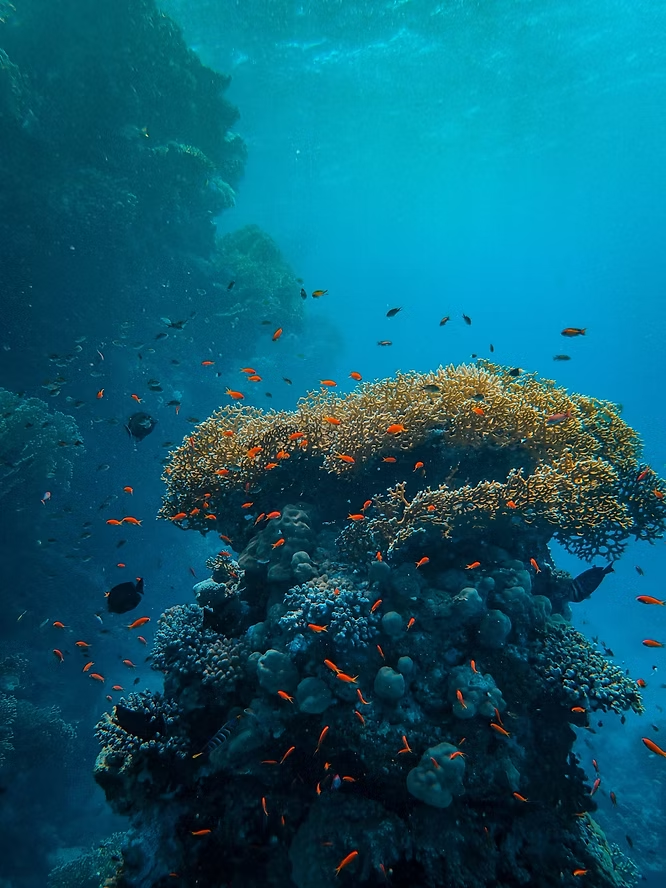Hidden Marine Heatwaves and Coral Bleaching in Moorea
An international research team led by Prof. Alex Wyatt of the Department of Ocean Science at The Hong Kong University of Science and Technology investigated a surprising coral bleaching episode caused by hidden underwater heatwaves. The event was linked to anti-cyclonic eddies that elevated sea levels and concentrated hot water over reefs, resulting in extensive coral bleaching largely invisible at the surface. The findings were published in Nature Communications.
Most studies of coral bleaching rely on sea-surface temperature measurements from satellites. While valuable, these data cannot capture heating below the surface, which affects communities living in deeper waters. Prof. Wyatt and colleagues analyzed 15 years of data (2005–2019) from Moorea, combining satellite sea-surface temperatures with high-resolution, long-term in-situ temperatures and sea level anomalies.
The research revealed that anti-cyclonic eddies raised sea levels and suppressed internal wave cooling, which normally moderates reef temperatures. The shutdown of internal wave cooling in early 2019 led to prolonged heating and large-scale coral bleaching, offsetting a decade of recovery. In contrast, reefs did not experience significant bleaching in 2016 despite a super El Niño, showing that surface temperature alone can misrepresent bleaching risk.
Prof. Wyatt emphasized, “The present study highlights the need to consider environmental dynamics across depths relevant to threatened ecosystems, including underwater ocean weather events. Long-term, in situ data across depths are critical, yet generally lacking.”
The study provides a mechanistic example for assessing the future of coastal ecosystems under changing ocean dynamics and climates, underscoring the importance of multi-depth monitoring for accurate predictions of coral bleaching.

